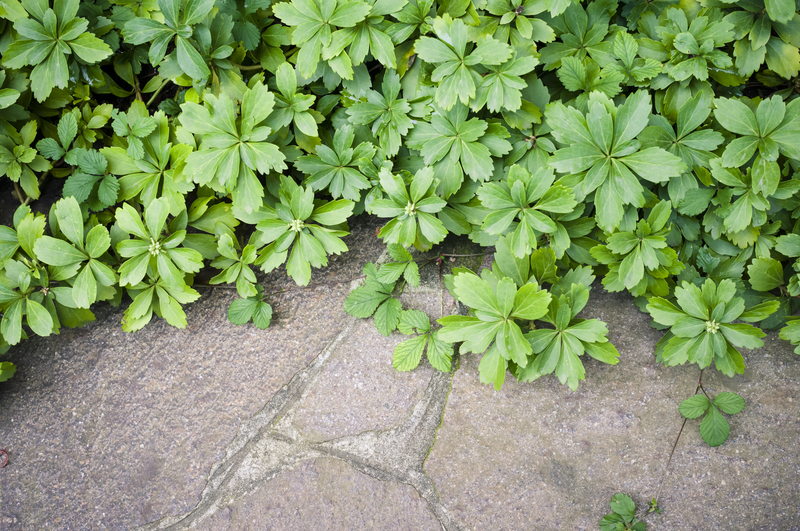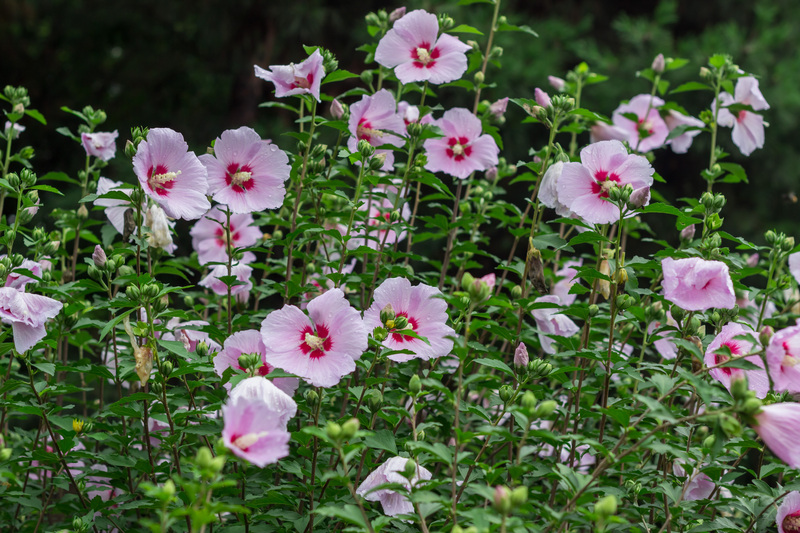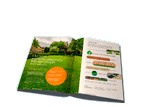Maximize Your Garden's Potential: March To-Do List
Posted on 11/05/2024
As the winter frost starts to thaw and the sun begins to shine brighter, March is the perfect time to start preparing your garden for the upcoming growing season. With proper planning and maintenance, you can make the most out of your garden and create a beautiful and thriving outdoor space. To help you get started, here is a comprehensive to-do list for making the most out of your garden in March.
1. Clear Out Winter Debris
The first step in maximizing your garden's potential is clearing out any debris left over from winter. This includes fallen leaves, dead branches, and any other clutter that may have accumulated over the colder months. Removing this debris will not only make your garden look more presentable, but it also allows for better air circulation and helps prevent diseases from spreading.

2. Prep Your Soil
March is the perfect time to prepare your soil for planting. Start by removing any weeds or unwanted plants and then add a layer of compost or organic matter to nourish the soil. This will provide essential nutrients for your plants as they start to grow. You can also test your soil's pH level and make adjustments accordingly to ensure optimal conditions for your plants.
3. Start Planting
With warmer temperatures approaching, March is an ideal time to start planting in many regions. Consider sowing cool-weather crops like peas, carrots, lettuce, and spinach. These vegetables thrive in cooler temperatures and will be ready for harvest before the summer heat sets in. It's also a good time to plant hardy annuals such as pansies, violas, and snapdragons that can withstand colder temperatures.
4. Prune Trees and Shrubs
Early spring is a great time to prune trees and shrubs while they are still dormant. This will encourage new growth once the weather warms up and ensure healthy and balanced plants. Be sure to use sharp tools and follow proper pruning techniques to avoid damaging plants.
5. Pest Control
With the onset of spring, it's important to start implementing pest control measures to prevent infestations in your garden. Inspect your plants for any signs of pests and apply organic or natural pesticides as needed. You can also attract beneficial insects such as ladybugs and praying mantises to help control harmful pests.
6. Mulch Your Garden
Adding a layer of mulch around your plants helps retain moisture in the soil, suppress weeds, and regulate soil temperature. Use organic mulch like wood chips, leaves, or straw for maximum benefits.
Pros
- By following this to-do list, you will have a cleaner and more organized garden that is better prepared for the growing season.
- Properly prepping your soil will provide essential nutrients for your plants and lead to healthier and more productive growth.
- Sowing cool-weather crops early will give you an advantage in harvesting before summer heat sets in.
- Pruning trees and shrubs will encourage new growth and promote overall plant health.
- Implementing pest control measures early on will prevent infestations and protect your plants.
- Mulching is an effortless way to maintain soil moisture and suppress unwanted weeds.
Cons
- Some regions may still experience frosty weather in March, making it challenging to begin planting.
- Clearing out winter debris can be a time-consuming task, depending on the size of your garden.
- Soil prep may require additional materials, which can increase expenses.
- Pruning trees and shrubs requires careful techniques to avoid damaging plants.
- Pesticides are not always effective against all types of pests and can harm beneficial insects.
- Some types of mulch can attract pests, so it's important to choose the right type for your garden.
Tips
- Check your local weather forecast before starting any outdoor gardening tasks.
- Start with small sections of your garden and work in manageable chunks to avoid feeling overwhelmed.
- Use natural and organic methods as much as possible to minimize harm to the environment.
- Consider building raised beds if you have limited space or poor soil quality.
- Mulch should be no more than 3 inches deep to prevent suffocating plants.

Takeaways
March is an exciting time for gardeners as it marks the beginning of a new growing season. By following this March to-do list, you can maximize your garden's potential and set yourself up for a successful and bountiful harvest. Remember to regularly check on your plants' progress, adjust your approach as needed, and most importantly, enjoy the beauty and satisfaction of creating and maintaining your own garden.
Conclusion
In conclusion, March is an excellent time for getting a head start on your gardening tasks. By clearing out debris, prepping your soil, planting early crops, pruning trees and shrubs, implementing pest control measures, and mulching, you are setting yourself up for a fruitful gardening season. With proper planning and maintenance, you can make the most out of your garden's potential and create a beautiful and thriving outdoor space. So roll up your sleeves, put on your gardening gloves and get ready to enjoy the rewards of a well-maintained garden.






 Certified and experienced landscapers
Certified and experienced landscapers



 Get a Quote
Get a Quote